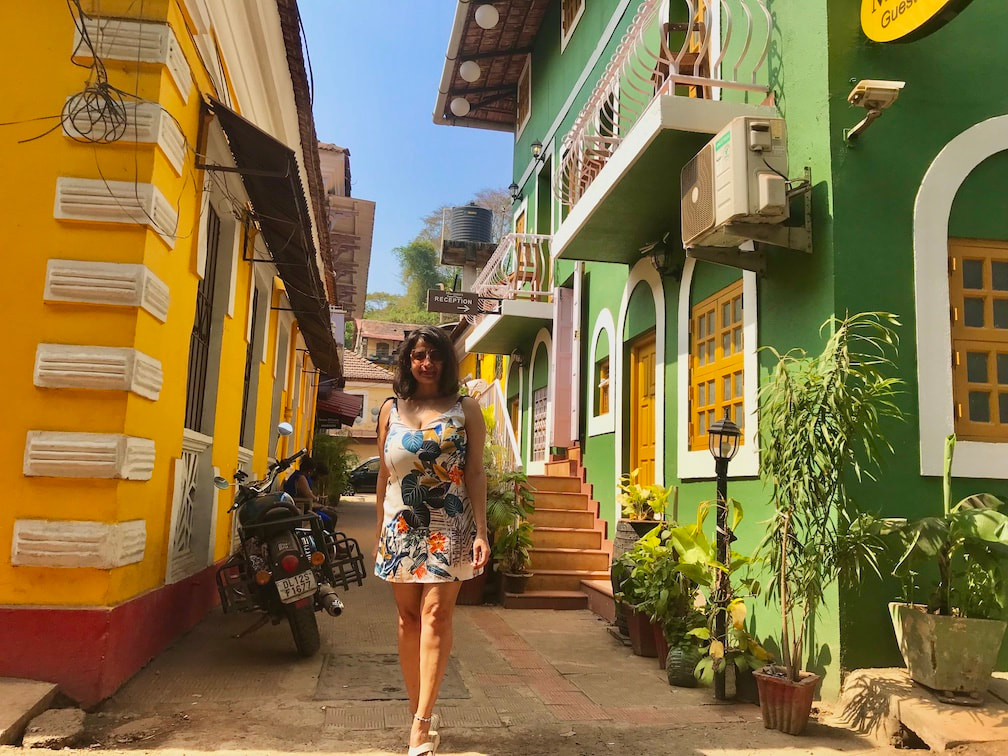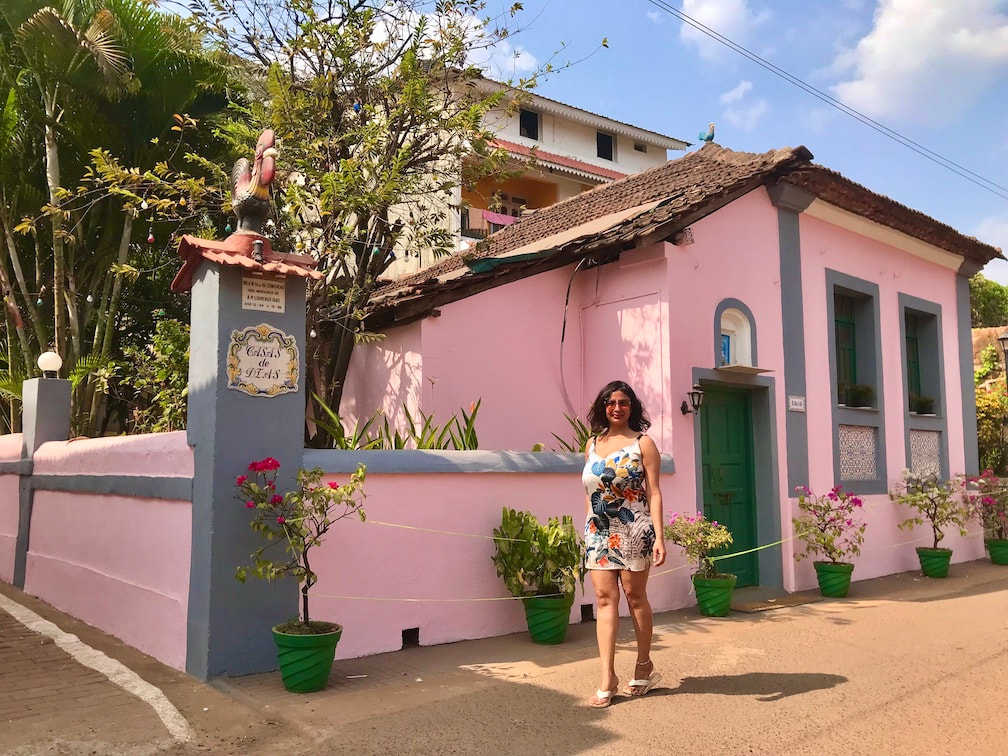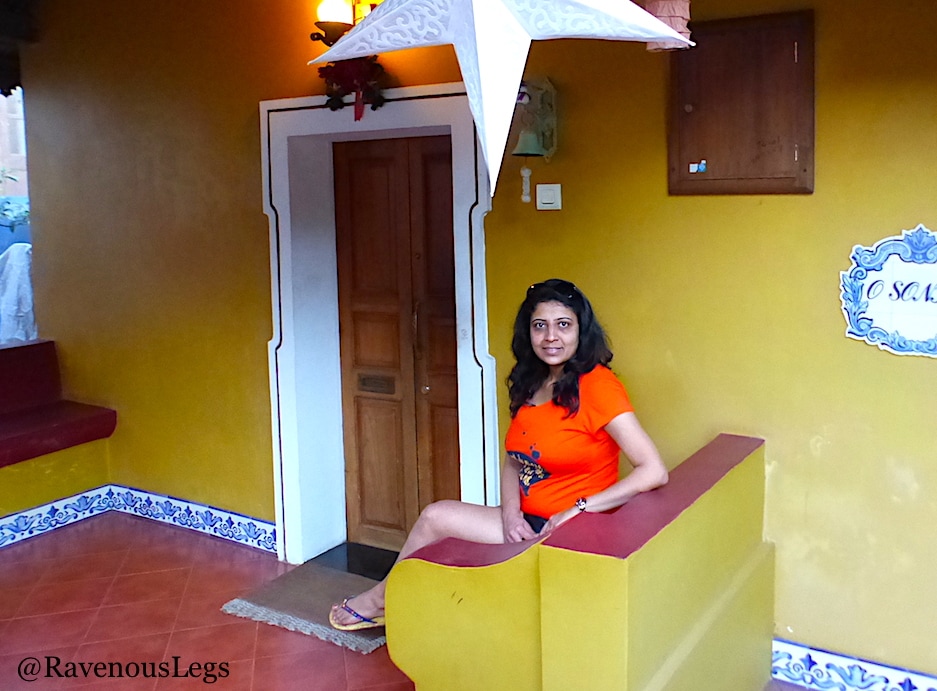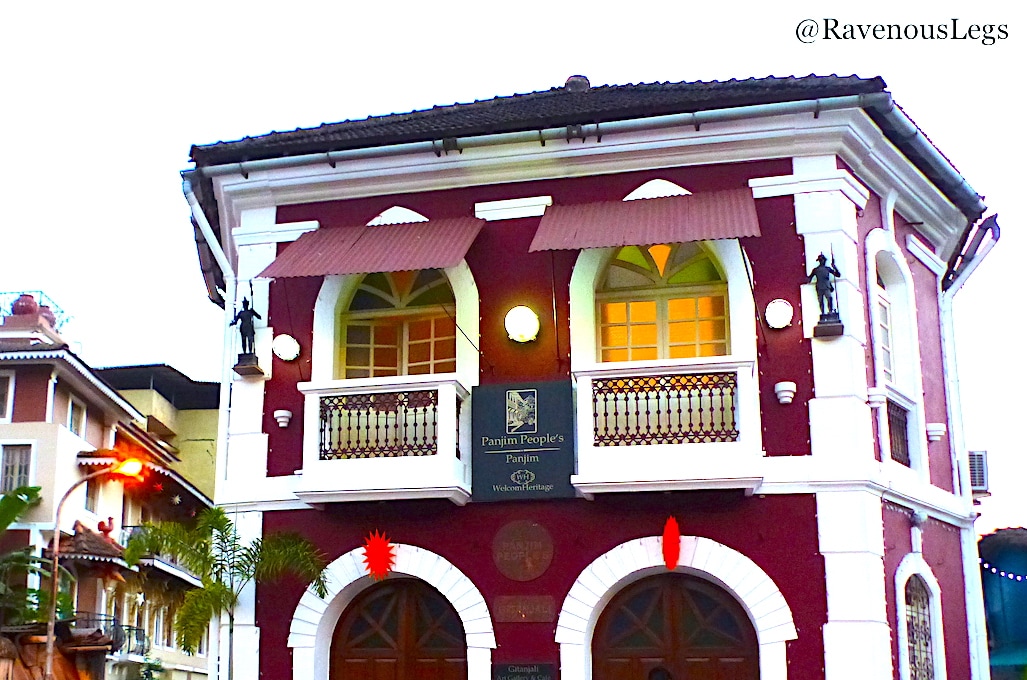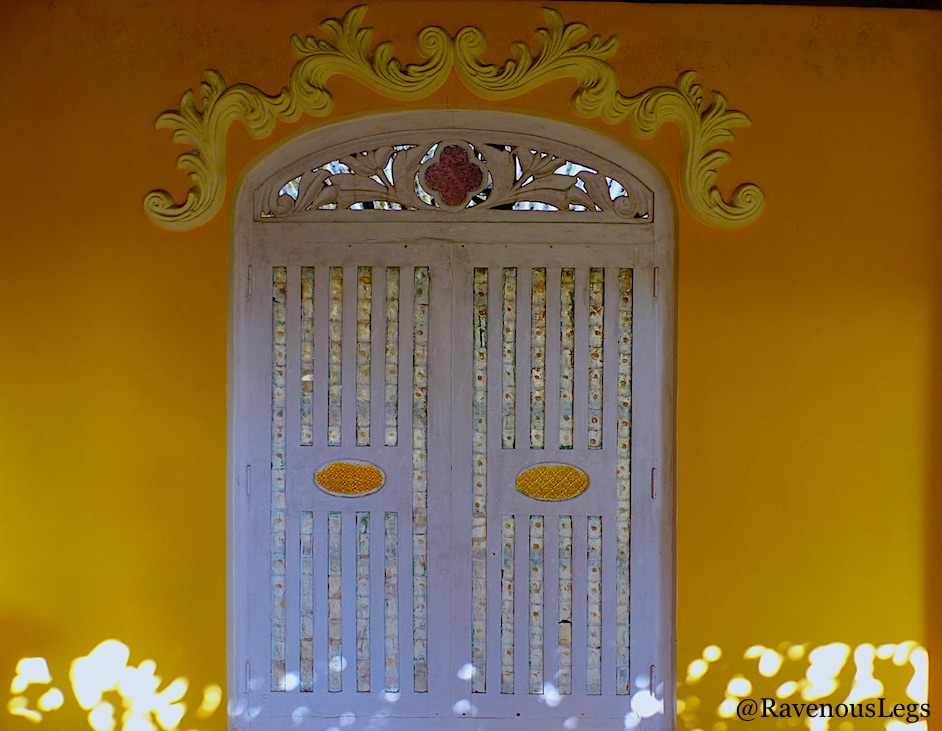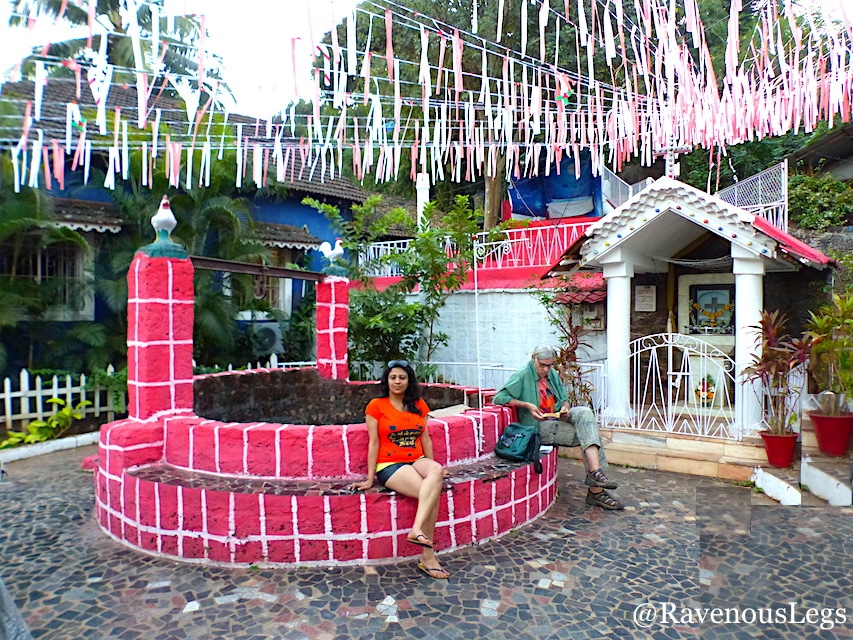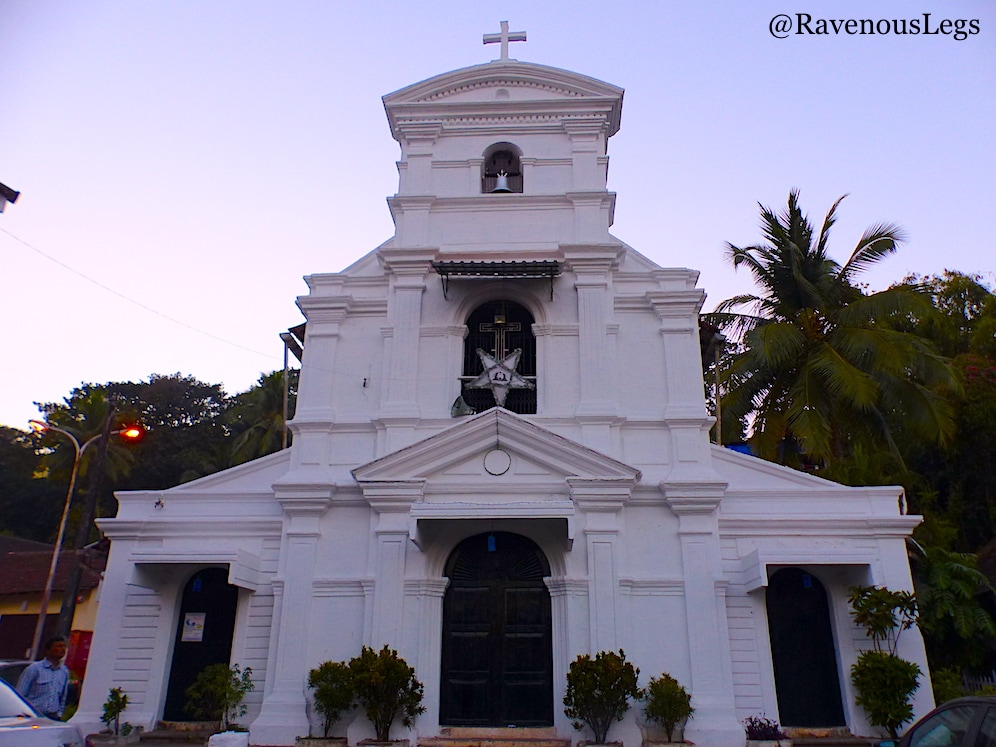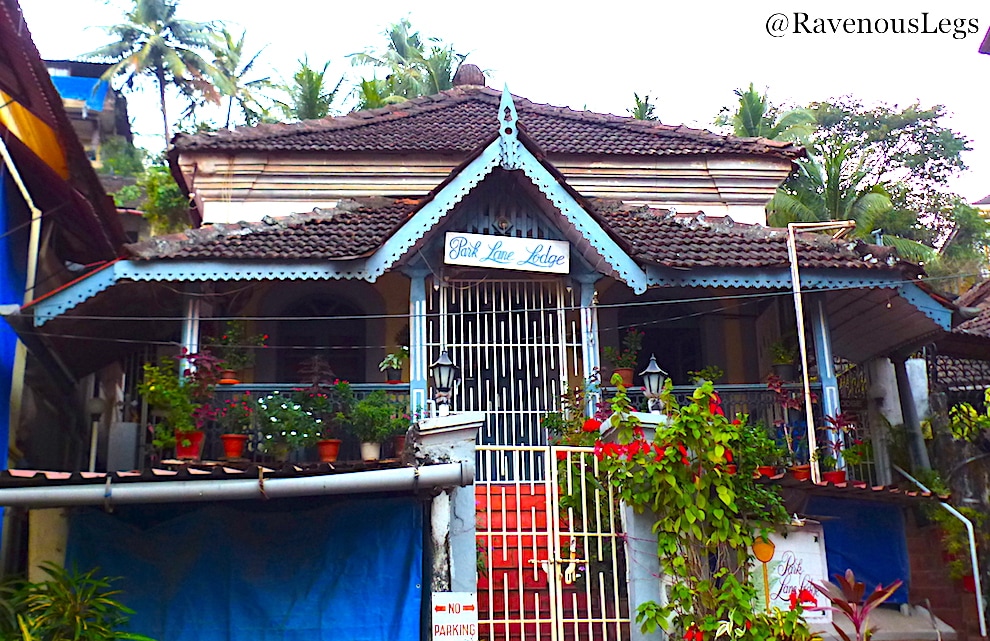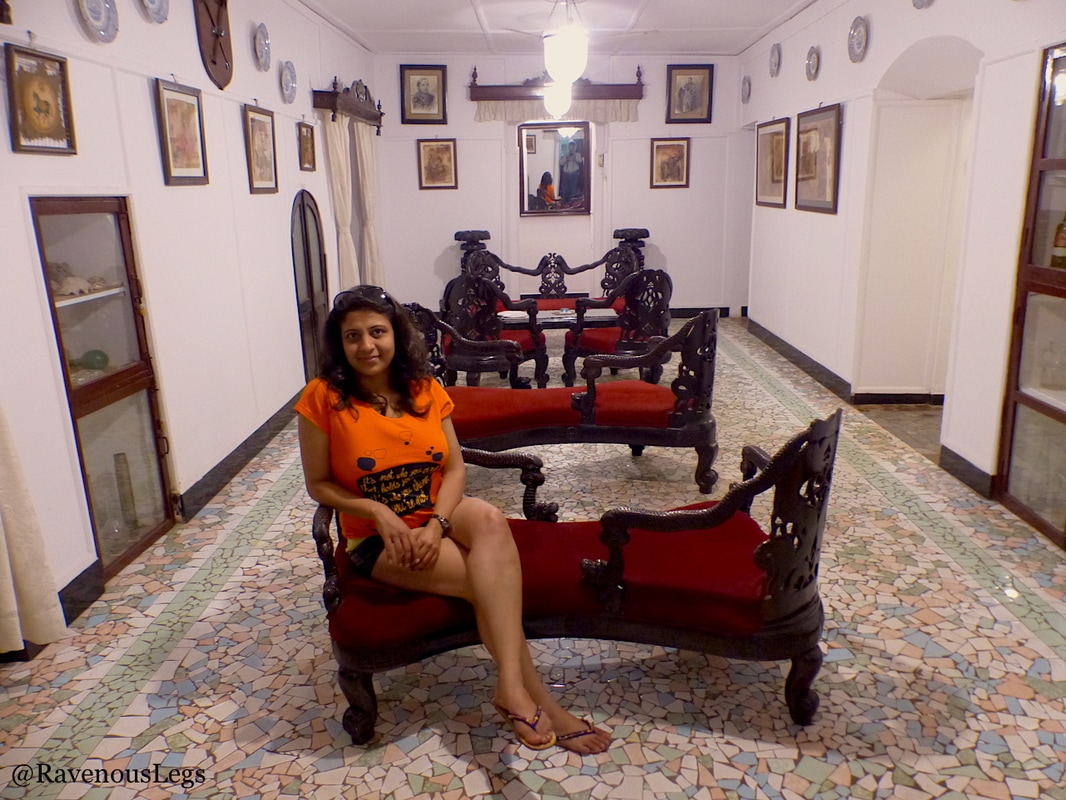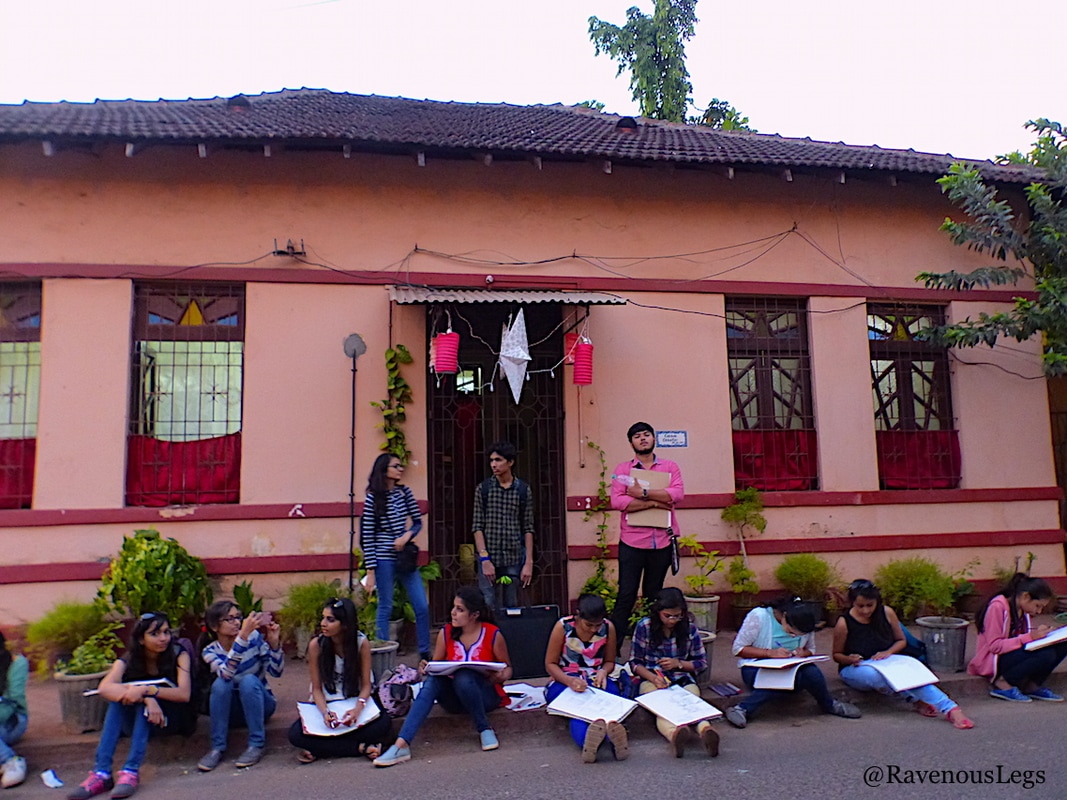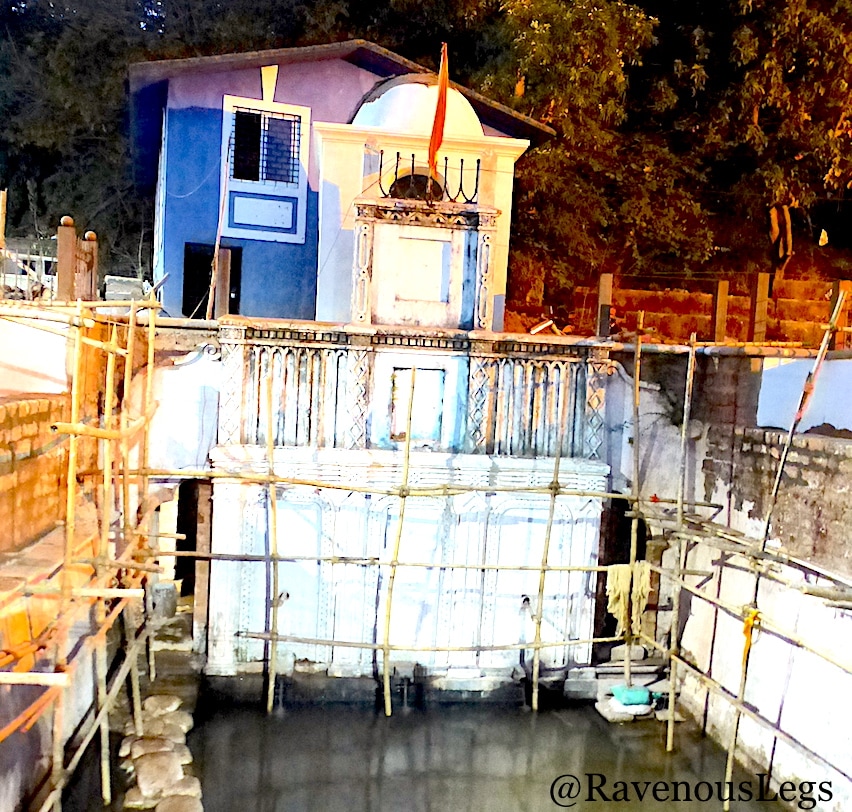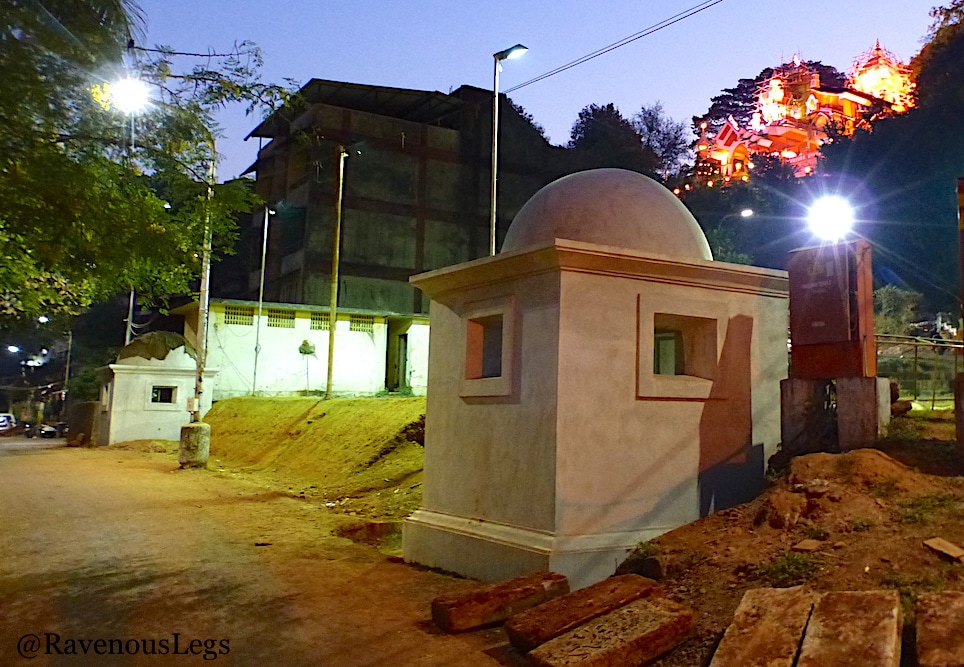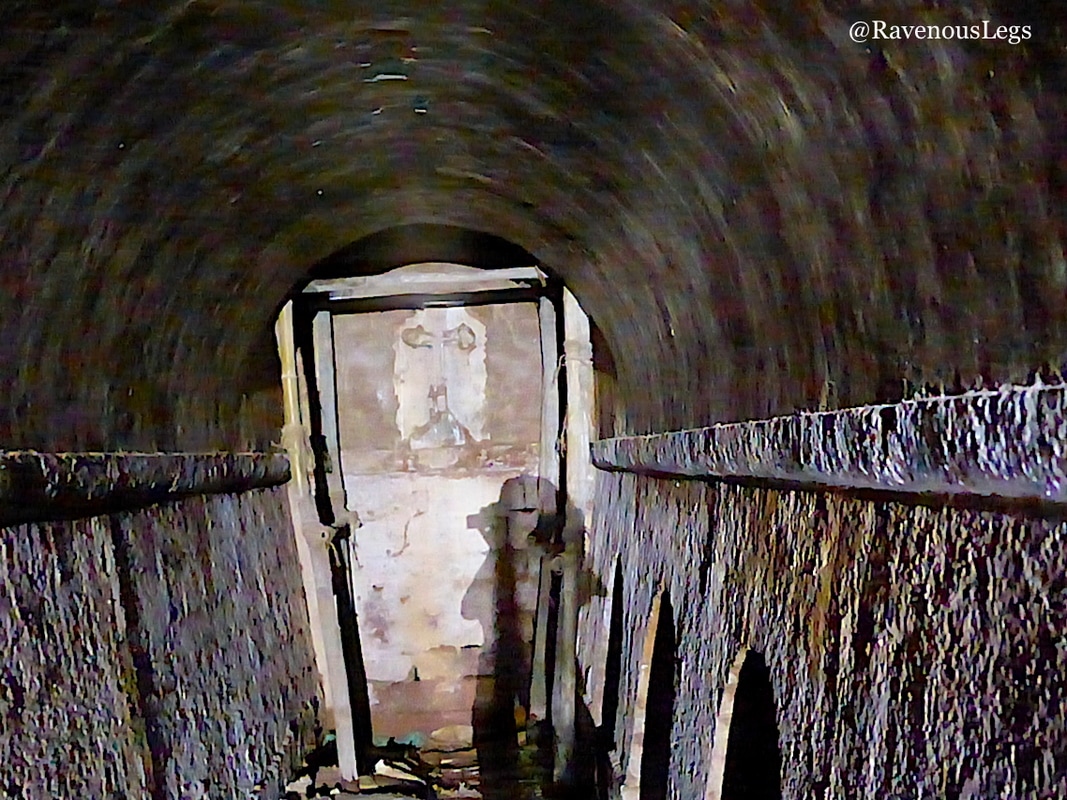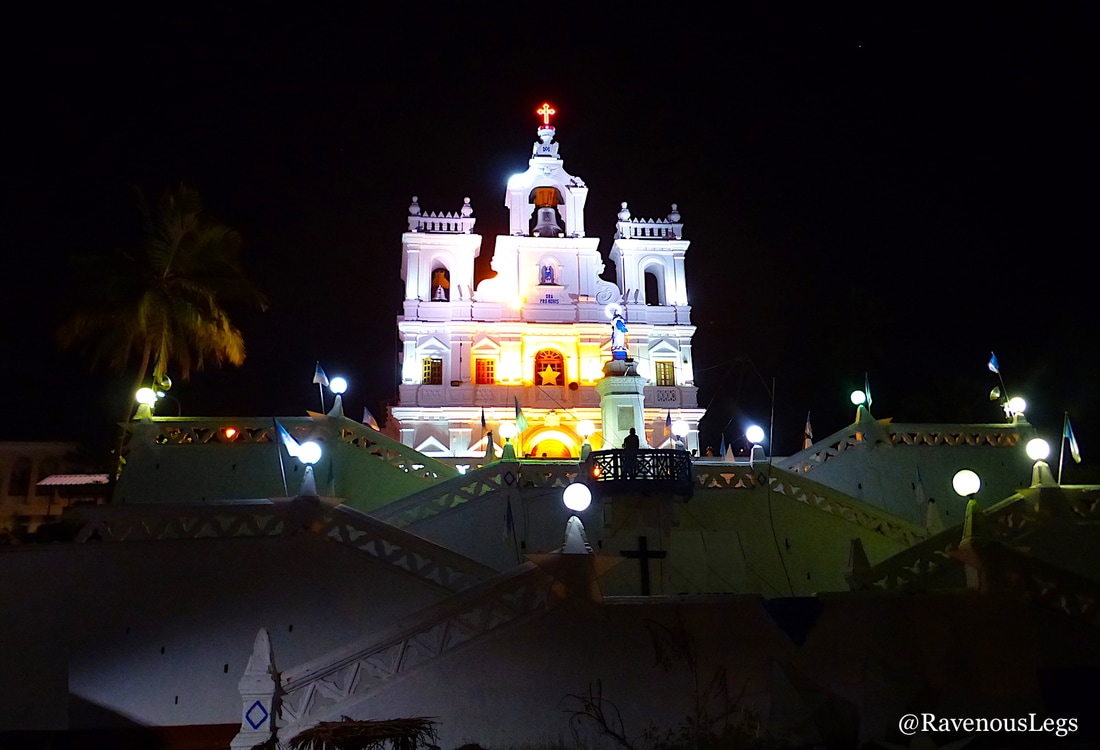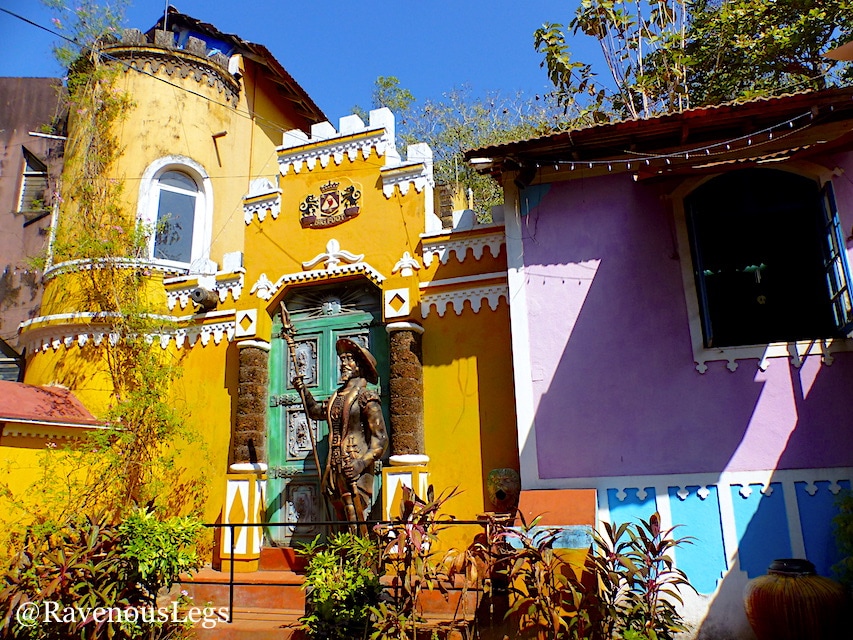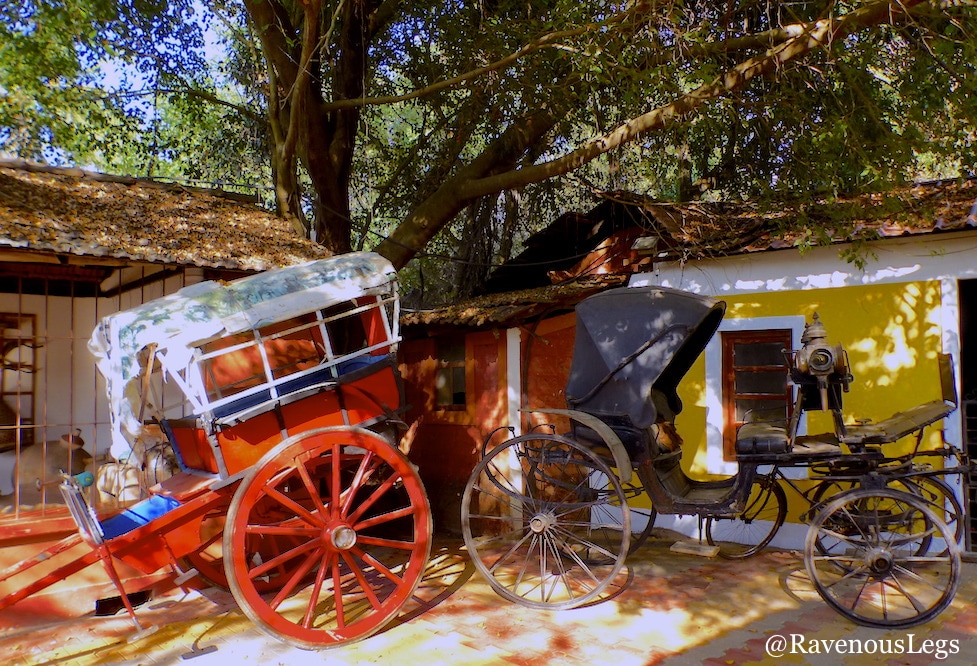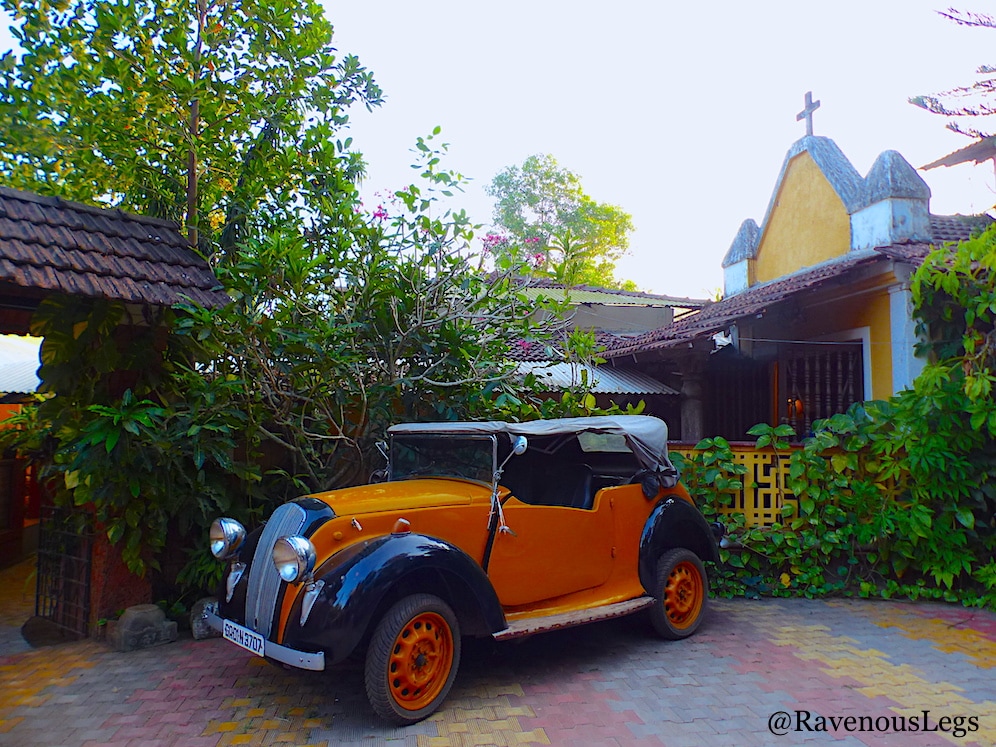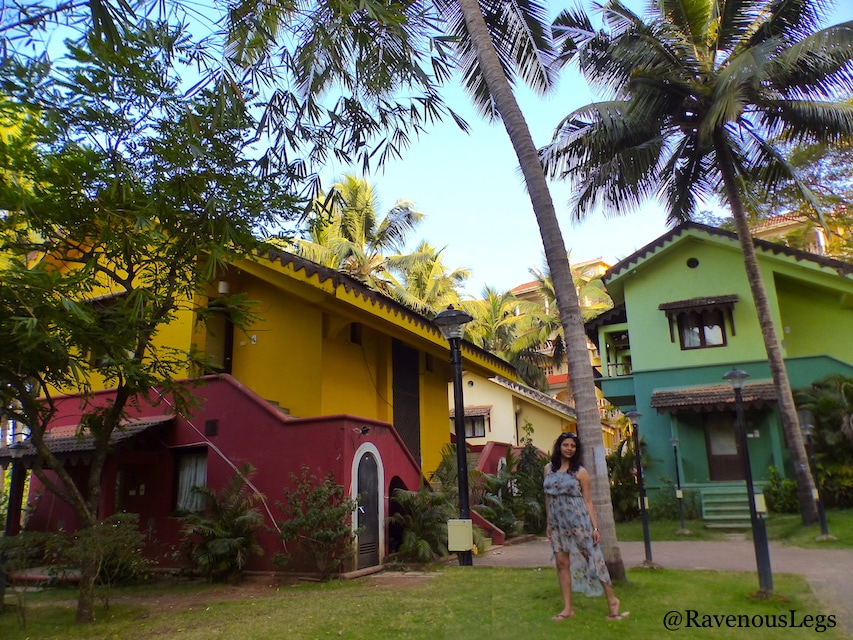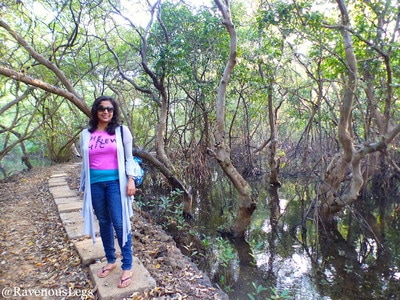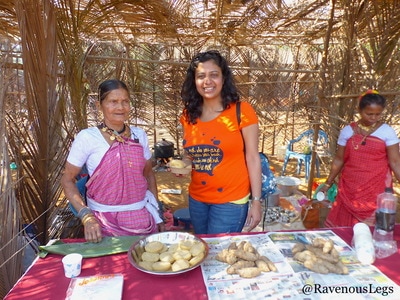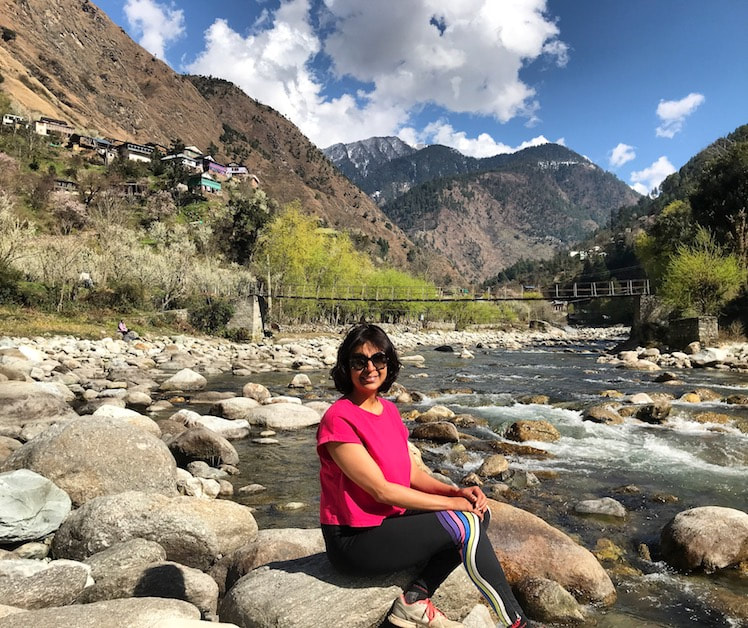Offbeat Goa: Portuguese heritage colony in Fontainhas
A heritage walk in Fontainhas, the Portuguese colony of Goa, was a journey back in time. It gave me a sense of appreciation for the passion of the state to keep the legacy alive. Goa has a history of being ruled by various empires which resulted into a rare cultural heritage influenced by Indians, Mughals and Catholic Portuguese which reflects in the lifestyle of Goans.
Fontainhas is a heritage colonial quarter in the centre of Panjim, where the influential Portuguese rulers lived. The Portuguese style old villas and buildings with overhanging balconies in the narrow and winding lanes reflect the old European architecture. The blue, yellow and green coloured houses make up a vibrant and cheerful locality.
|
AuthorNamaste! I'm Medhavi Davda.
I travel to Evolve.. In Nature, I confide.. I find my calling in the Himalayas.. In the Oceans, I meditate.. A High-Altitude Trekker & PADI certified SCUBA Diver, I love exploring the heights and depths of the planet with my regular doses of mountains and oceans. Discovering myself & life through nature, adventures, travels, sports and dance has been an addiction since my existence! Quite fond of the natural & cultural diversity of India, I've travelled extensively in my own country before exploring international destinations. I had left my 9+ yrs of career in Software Industry in a quest to make a living out of my passions. I packed my basics in my car (gave away the rest) and lived in different parts of Himachal Pradesh for 16 months. This invaluable time taught me to experience life from a broader perspective. I'm currently living in Mumbai to work with an Adventure Travel company as a product manager for Scuba Diving. I continue living a minimalistic life. RavenousLegs on InstagramRavenousLegs on FaceBookRavenousLegs on TwitterRecent PostsAbu Dhabi's Renowned Liwa Date Festival
Day trips you can take from Paracas Is 7 Days in Bangkok Too Long? Top Cities in Croatia That You Cannot Miss 5 Tips for Creating Engaging Solo Travel Videos for YouTube 7 Days Active Travel Itinerary for Sri Lanka - from Sunrise on the East Coast to Sunset on the West Coast Annapurna Base Camp Trek from Ghandruk Village - the shortest route to ABC Trek |

